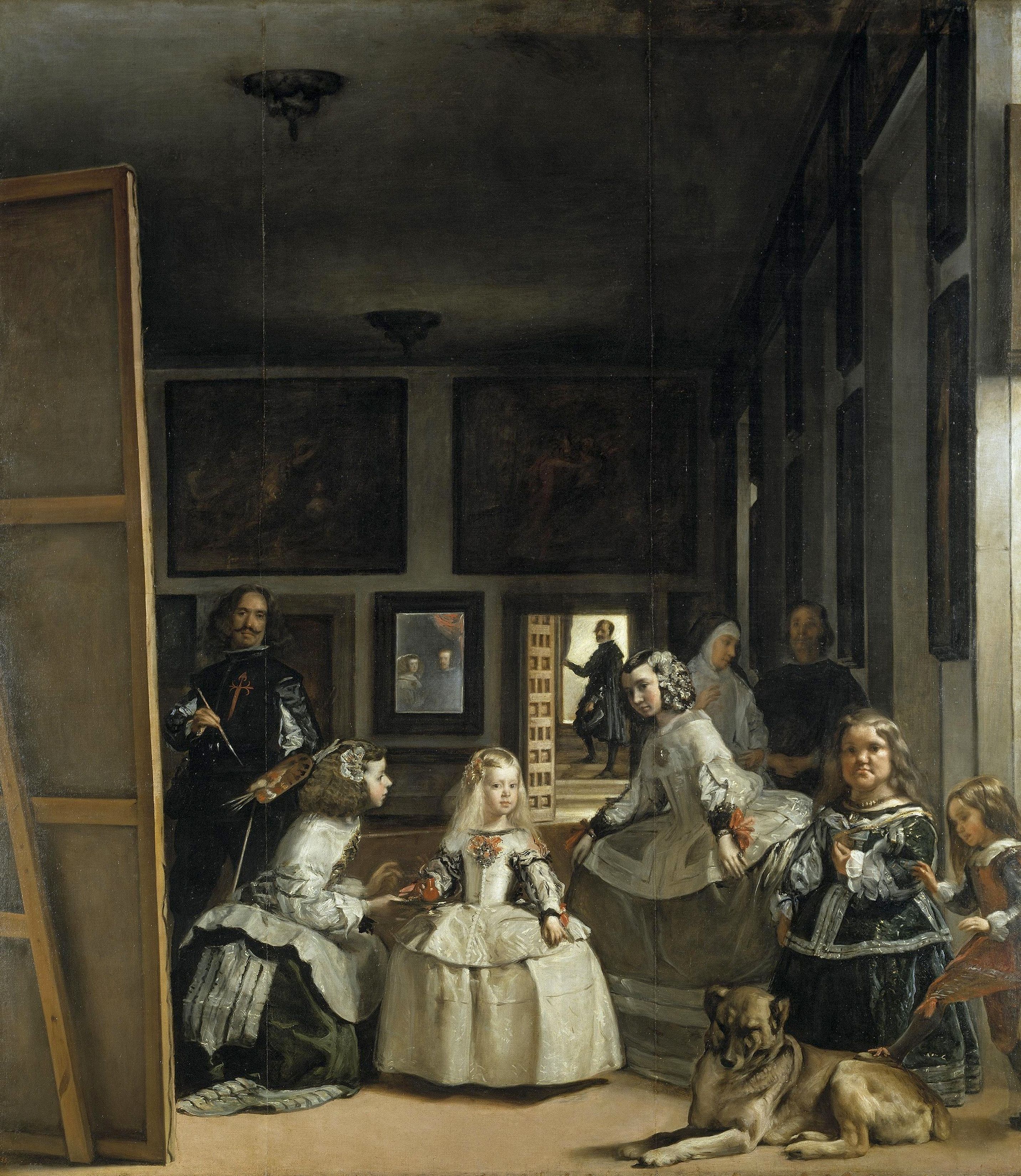Prado Museum, in Madrid, Spain, is one of the world’s outstanding art museums. It houses thousands of paintings by Spanish and other masters. The museum’s full name is the Museo Nacional del Prado (National Museum of the Prado). The word prado means meadow in Spanish. Both the museum and Madrid’s Paseo del Prado boulevard are built on land that was once a meadow. The museum’s exhibits of Spanish paintings include many works by El Greco and Francisco Goya. The museum also displays paintings by the Spanish painter Diego Velázquez, including his masterpiece Las Meninas.


Construction on the building that houses the Prado began in 1785. It was originally a museum of natural sciences. King Ferdinand VII of Spain converted it into the Royal Museum of Paintings and Sculptures in 1819. The museum’s initial collection contained more than 300 works by Spanish artists. The museum has been known as the Prado since 1868. The Prado’s collection has grown in size and variety over time, particularly after taking in works from the closure of two other museums—the Museo de la Trinidad, in 1872, and the Museo de Arte Moderno (Museum of Modern Art), in 1971. Extensions and renovations have greatly expanded and improved the Prado Museum’s space.
The Prado’s collection centers on European masterworks of the 1500’s through the 1800’s, but it also includes many ancient and modern works. In addition to paintings, the collection includes decorative arts, drawings, photographs, prints, and sculptures, as well as a large archive and library. Together with the nearby Reina Sofía and Thyssen-Bornemisza museums, the Prado forms Madrid’s “Golden Triangle of Art.”
